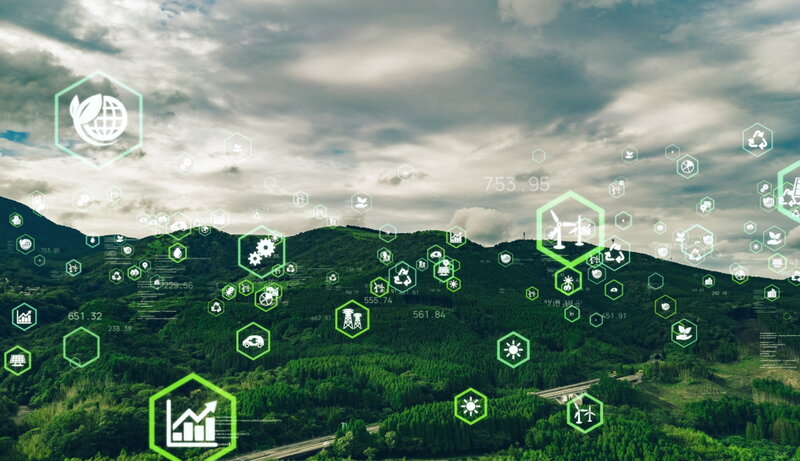The ecodesign of local space heaters will significantly improve air quality, which is the greatest environmental burden for people in Europe. Great successes have been achieved here. Modernisation through innovative technology reduces particulate matter emissions by up to 90 percent. At the same time, energy efficiency has increased by over 200 percent (source: BMWi). In the past, efficiency was between 50 - 70 %. Today it is between 80 - 90 %.
However, there seem to be increasing gaps between WHO recommendations, regulatory will and reality. Here it is important to come to a proper understanding of the regulation, to agree on a uniform test method (EN-PME), to ensure good installation conditions and proper use. This is the focus of the Department of Heating and Cooking Appliances.
The greatest potential for improving air purity lies in overcoming the blockade in the replacement of old appliances towards more effective combined biomass central and individual room heating systems. The announced Renovation Wave would also have to target this area precisely. The HKI has a strategy for this that systematically fits into the Green Deal:
The problem is that replacement is increasingly linked to additional requirements (e.g. EEG2 in Germany). This makes the exchange unattractive and uneconomical. Each replacement must be justified on an individual basis. Obstacles to exchange must be removed.
Industrial policy tends to promote only prestige projects with the electric-energy-to-gas strategy (also called hydrogen strategy) or through the Battery Alliance. Other approaches are in danger of being lost in the confusion of almost 50 targeted legislative measures in the Green Deal, experts and NGOs. But the less market-based and technology-open the change, the less likely it is to succeed.
Different heating technologies reflect one truth: there is no one solution. The purpose is the same, but the conditions of use vary depending on the outside temperature (physical efficiency), energy price (economic efficiency) and existing infrastructure. So if one wants to compare heat pumps, oil and gas heating systems and wood-burning stoves, all these factors must be taken into account. For example, a uniform energy label for all heating appliances would only cause confusion. Under the pressure of climate change, however, many aspects are mixed up or remain unconsidered.
One example should make those who know better than the markets what the best technologies are sit up and take notice: If, for example, one third of one's heat energy is generated with wood to relieve the central heating system, one saves several hundred litres of heating oil or gas per year - and reduces carbon dioxide emissions to a considerable extent. This was investigated by the HKI Industrieverband Haus-, Heiz- und Küchentechnik e.V. (Industrial Association for House, Heating and Kitchen Technology). Heating a residential house with normal insulation and a floor area of 120 square metres requires about 1,800 litres of oil per year. And one litre of heating oil causes 3.15 kg of CO2 when it is burnt. Stove owners who replace one-third of this amount by heating with wood can thus save about 600 litres and avoid almost 1,900 kilograms of the carbon dioxide that contributes to global warming. In view of the average consumption of a German citizen of around 9,000 kg per year, this measure can significantly reduce one's own CO2 balance.
Such niches are therefore sustainable and climate-neutral - a small part of the solution. Because firewood counts as renewable energy.

